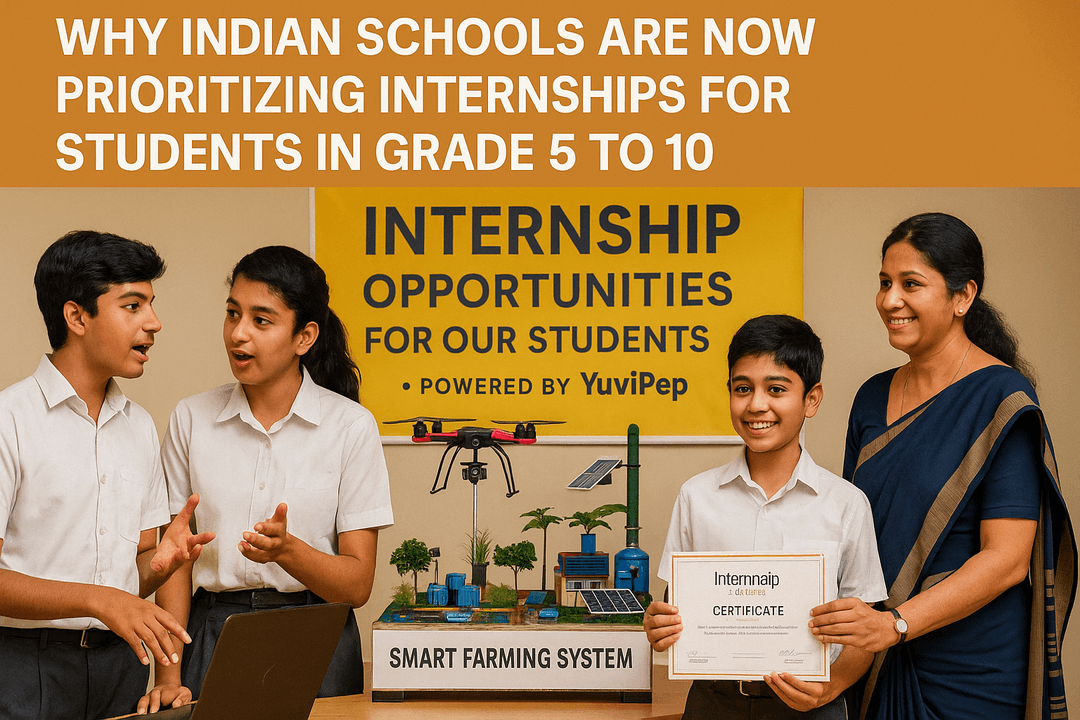School science projects help heighten the natural interest and immediate chance of application that school science tasks, by themselves, can't convey. Such projects give the learners hands-on experience to develop analytical and creative skills in applying scientific principles. It was this that motivated writing this blog on seven of the most exciting science project ideas that are sure to enthuse young readers and go in search of further information. Such efforts will evoke an interest in science and a lifelong yearning to learn among students. Embark with me upon the fascinating world of science and venture forth in the pursuit of new knowledge
Robotic Hand: A Scientific Investigation
This is a versatile project that offers endless space for creativity and imagination. Enlist your students to devise improvement methods for the design or work on building a model. Let their creativity run wild to master fine motor skills, right from the picking of a ball or string. Here, creativity, critical thinking, and problem solving are given an opportunity to flourish with unlimited personalization and space for refinement.
Engineering of a Soil Doctor with Arduino
Two designs developed as charter members of the Soil Doctor research project help farmers adapt crop selection based on changing weather patterns in the local area. First Model: Soil pH and humidity sensors combined to set the base of crop choice through adjustment in the pH of the soil. Second Model: This model uses an efficacy of water with a minimum of labor-intense manual watering, throughout keeping track of the moisture in the soil, regulating the amount of water to be supplied, and automating this process.
AutoHang: The AI Clothes Protector for Wet Seasons
The students can design their smart hanger during the rainy season along with ultrasonic water sensors by working out the science fair project AutoHang. The motorized system can let the hanger go inside the window whenever it detects rain, keeping the clothes dry. The project was coded with the help of a servo motor, PictoBlox, and an Arduino UNO. The Dabble extension made it possible for evive and Arduino to talk to each other. Some of the materials used in making a physical model include cardboard, thermocol stickers, clay, and plain paper.
Creation of a Circuit That Can Detect When Fruit Is Finished Developing
This could be a really awesome science fair project: motivate a circuit that can differentiate between different colorants and apply it to determine if tomatoes are ripe. You can easily find all needed tools, including a multimeter, jumper wire set, and a battery holder, on Amazon. Be prepared to amaze everyone with your ingenuity and skill with this exercise.
Quarky Powered: QuarkDrive is an Intelligent Mobility Solution.
Advanced Transportation System in Intelligent Urban Areas: This project demonstrates services that are essential in everyday life in this simulated smart city, mapping schools, cafes, and hospitals. The artificially intelligent main character's Autonomous Smart vehicle or smart car will ensure safe navigation across the city, satisfying people's transportation needs without running into any obstacle while observing traffic signals. The car seeks a charging station for recharging after every trip to ensure continuous efficiency.
Conclusion
These five scientific project ideas will definitely pit the students into good hands-on learning and inquiry. There are plenty of projects that interest everyone connected with critical thinking, such as the making of an electromagnet, an intelligent garment protector, or even a robotic hand. Research into the problems in the areas of ripeness detection during production or AI-powered mobility solutions can also reveal some beguiling opportunities in science and technology.
Through these projects, experience in a wide variety of fields is obtained, and an enthusiasm for learning from the new experience is built. Let us inspire a whole new generation to take on science for what it is, embark on journeys of adventure in discovery, and learn something new through innovation courses for students.









